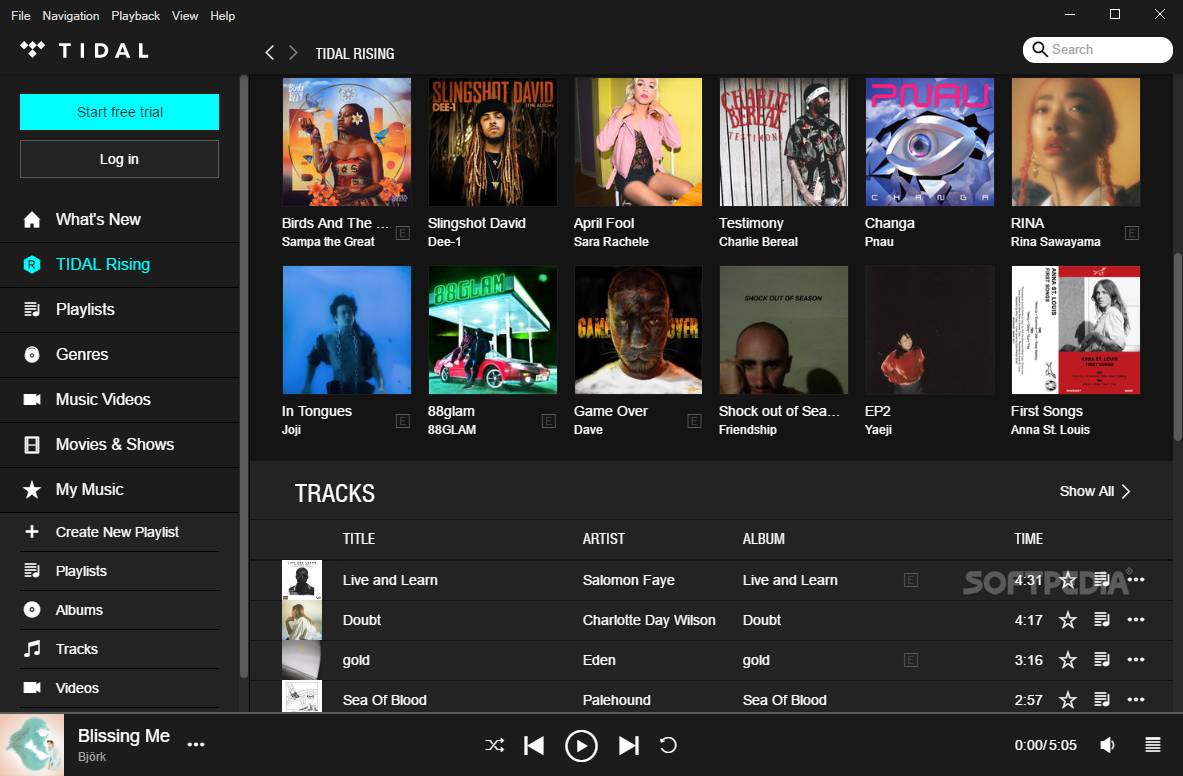

As such, it’s possible that Tidal’s actual subscriber count is still within the 1-5 million range as of 2021.ĭespite this, Tidal remains one of the top choices for audiophile-level sound quality. It also didn’t help that Tidal posted a $55.3 million loss in 2019, likely testament to a dwindling subscriber base. At the time, the claim was met with much contention, particularly after the release of Kanye’s The Life of Pablo, wherein the album’s total streaming numbers didn’t add up to the total number of subscribers on the platform. The last time Tidal released official subscriber numbers was in 2016, when they supposedly hit 3 million paid subscriptions. But is it really worth the 20-dollar monthly investment? Let’s take a deeper look and find out! Today, Tidal is certainly one of the more expensive streaming apps, largely due to unique exclusive content and ultra hi-res audio.

acquired a majority ownership stake with the goal of “finding new ways for artists to support their work.” By September 2015, Tidal reported having as many as 1 million subscribers, a number heavily contested later on. Tidal eventually launched in five more European territories – Belgium, Ireland, Finland, the Netherlands, and Luxembourg. In January 2015, Project Panther Bidco Ltd., a holdings company owned by rapper Jay-Z, stepped in and acquired the service for $54 million. The service first launched in the UK, US, and Canada in 2014. Tidal is a music and video streaming service initially owned by Aspiro, a Norwegian-Swedish tech company. We delve into Tidal’s strengths and weaknesses to see if this premium music streaming service is worth its hefty subscription price.


 0 kommentar(er)
0 kommentar(er)
